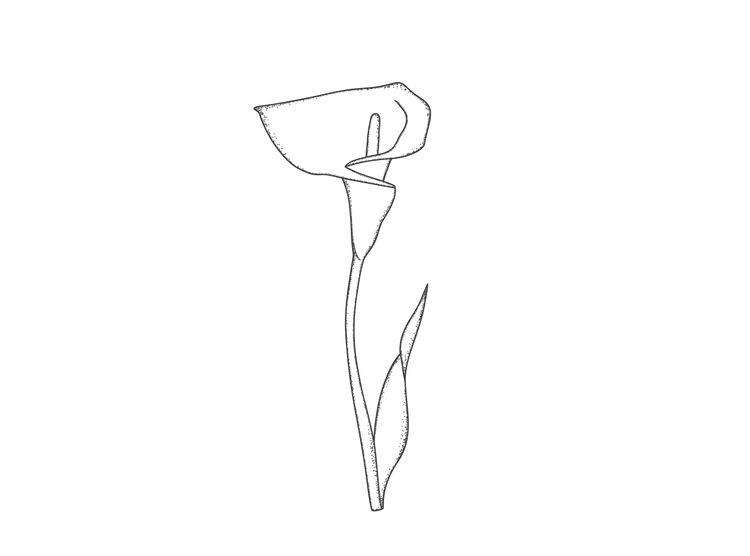Peace

When I imagine peace, I think of peaceful things, or places: the stillness of the world after it snows, calmed seas, a quiet walk, a cup of tea at dawn, cathedrals, gardens, cemeteries, shrines, solitude, silence. Is it true to say these things are peaceful? Or is the deeper truth that they give rise to peace in us?
We find peace inside us. It was always there, waiting for us to notice it. We find it in a quiet mind, and in a body at rest. It is found in the present moment, when we slip the judging ego and put down the burden of our anxieties.
What is in that stillness and quiet? No distractions. No time. No self. No past. No future. No names. No ideas. No fear. No hope. No expectations. Emptiness.
Not nothing. A softer, more expansive consciousness. Curiosity, still. A heightened awareness. An ability to notice things, small and large. An intense pleasure in the senses. A pervasive sense of rightness and wellbeing. A resolution of our deepest fears. Comfort. Reassurance. Unity. Return.
We can cultivate the peace in us. When we tend to it, it takes root in us and grows. We can return to it when we are feeling anxious, or fearful, or overwhelmed. If we have access to enough of it, we can share our peace with others. We can bring more peace to our relationships—with our children, parents, spouses, friends and colleagues. We can bring more peace to the world—to our organizations, affiliations, communities, politics, nations.
I wrote some of this in a forest, in the wilderness. I spent a week there. For about six hours a day, I sat as still as I could. As the sun moved through the sky, I watched the light cast ever-changing patterns on the forest floor. I listened to the wind in the trees, and the sounds of the forest animals as they went about their foresty business. The life of the forest revealed itself to me: rabbits, raven, blue and gray jay, hawks, a porcupine, deer, bear, moose, and more whose names I did not know.
At first, I became invisible. A squirrel climbed a tree a yard from where I sat. A woodpecker landed a foot from my left eye and cocked its head quizzically at my still form. Then I began to lose my sense of where I ended and the forest began. I seemed to become part of the forest, which itself became one interconnected living thing, inhaling and exhaling with me. It was a profoundly peaceful experience. (Although it was for sure trippy 🍄, I had taken nothing stronger than coffee 😀.)
Religious mystics seek a direct relationship with God. Whether Christian, Buddhist, Hindu, or Muslim, mystics share common techniques. They deprive themselves of sensory input, still their minds and bodies, and focus on an object of attention, or repeat a mantra or chant. Buddhists call these practices meditation. Christians call them contemplative prayer.
Mystics also report similar religious and spiritual experiences. They experience calm, euphoria, and a diminished sense of separation between the self and everything else. According to the fourteenth-century German mystic John Tauler, the mystic's soul becomes "sunk and lost in the abyss of the Deity, and loses the consciousness of all creature distinctions. All things are gathered together in one with the divine sweetness, and the man's being is so penetrated with the divine substance that he loses himself therein, as a drop of water is lost in a cask of wine."
Neuroscientists claim to have discovered an explanation in brain function for mystical experiences. In Why God Won't Go Away, authors Andrew Newberg, Eugene D'Aquill and Vince Rause describe a series of experiments they performed monitoring the brain activity of people having peak spiritual or religious experiences. They found unusually low levels of activity in the posterior superior parietal lobe (who named that?), the part of the brain responsible for distinguishing between the individual and everything else.
The authors hypothesize that, as we deprive our senses during meditation or prayer, the posterior superior parietal lobe becomes inactive, and mystics experience a merging with something larger than the self. Are they accessing a deeper level of reality, or triggering a quirk of the brain? It seems hard to say: we create everything we experience from electrical signals of one kind or another.
It is interesting to me that this part of the brain develops in us as babies, as we begin to learn to distinguish between ourselves and everything else. It may be that meditation or prayer returns us to a state of consciousness we experienced before we learned to name things and divide the world from itself. (Thank you for recommending Why God Won't Go Away to me, Jill 🙏.)
Some people find it hard to sit and meditate, at least at first. My advice is to walk instead. Walking in nature has some meditative qualities. Walking meditation has more. To practice walking meditation, begin walking! Bring your attention to the sensation of the undersides of your feet as you set them down on the ground, and lift them up again. Notice where on your foot you feel the pressure of the ground—the toes, the ball, the side of your foot, the heel. Notice the quality of the pressure. Notice where and how the pressure lifts as you pick your feet up from the ground.
Become more deliberate and intentional about how you place your feet on the ground and pick them up again. Vary how you do it. See what it feels like to land on different parts of your feet. Try it for five minutes, or ten. Relax, breathe and notice what you see and hear. Avoid engaging your thinking mind, if you can. Avoid naming things. Stay in the realm of the senses. You can try practicing walking meditation before sitting meditation. It might quiet your mind and your body enough to let you sit for a while. I find that I can access the deepest peace in me only when both mind and body are still.
Each week I explore a life metaphor that has touched me in my coaching. Subscribe to get my scribblings every Sunday morning. You can also follow me on Medium, or on LinkedIn. Feel free to forward this to a friend, colleague, or loved one, or anyone you think might benefit from reading it.





